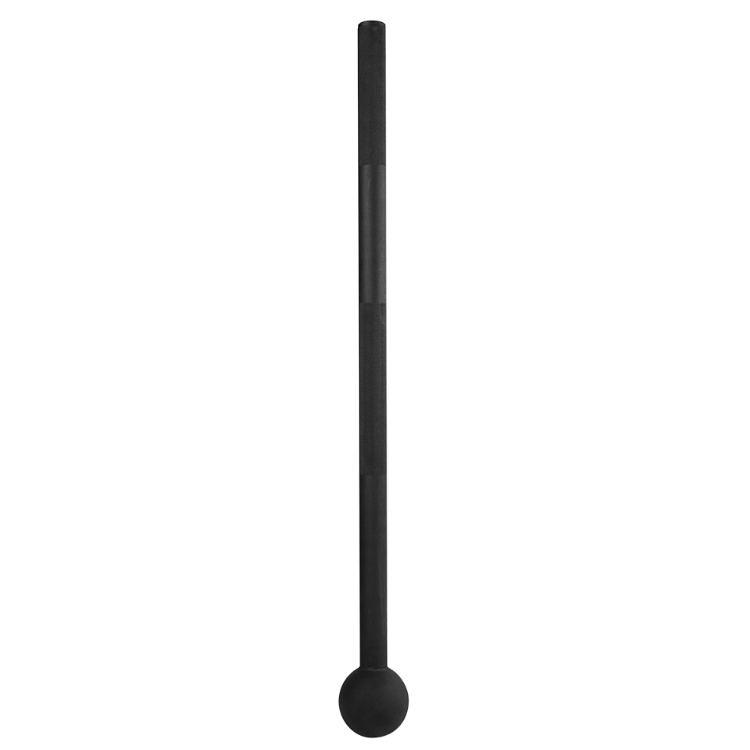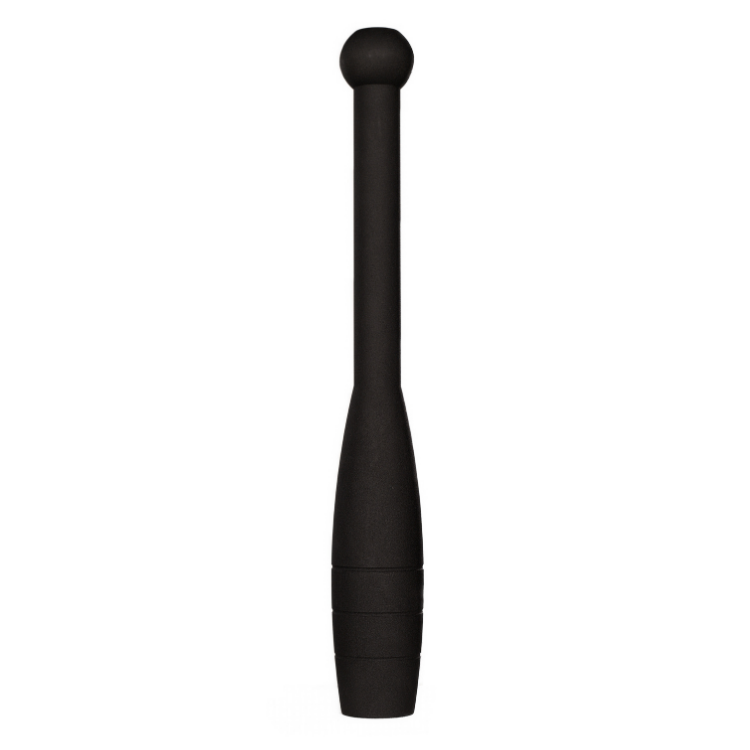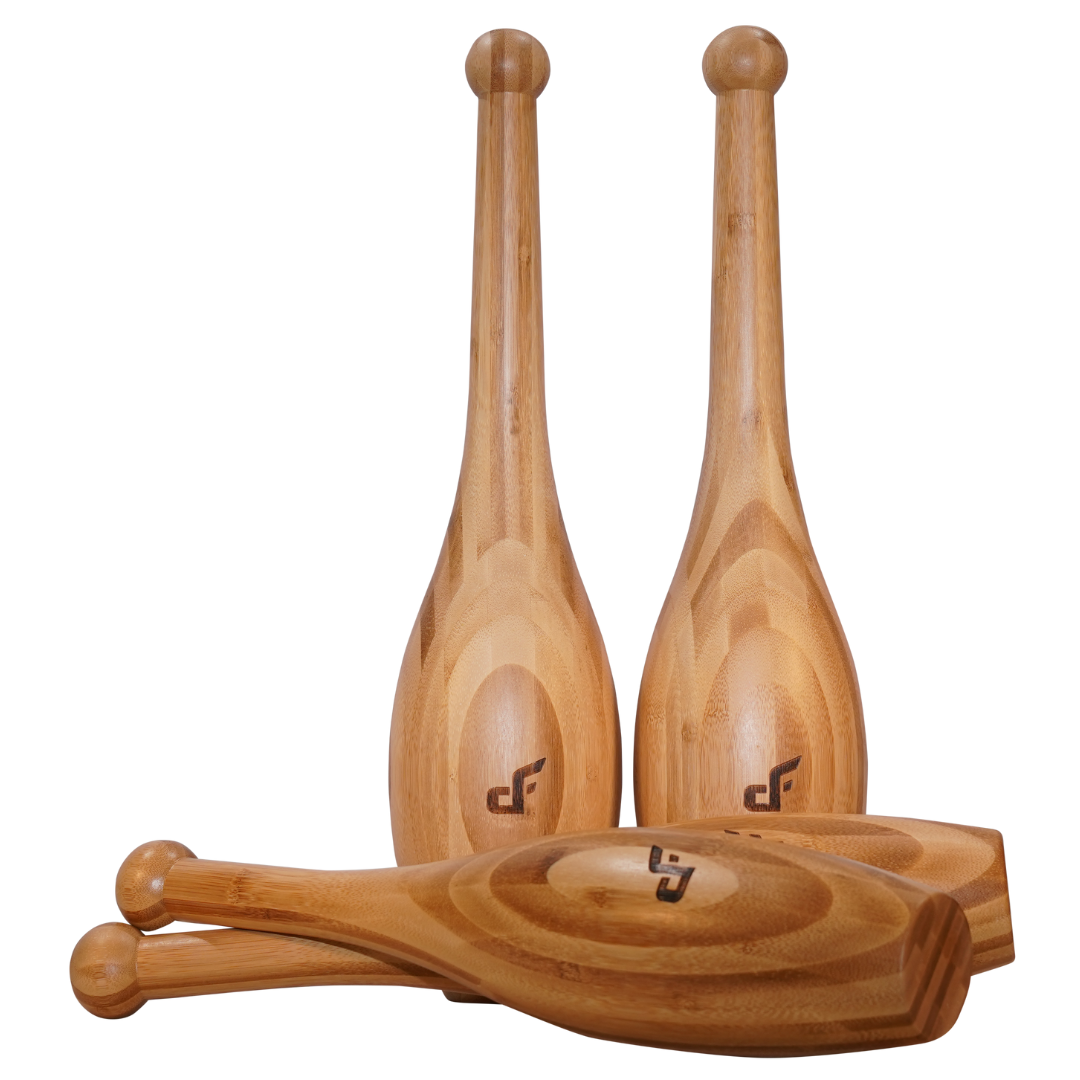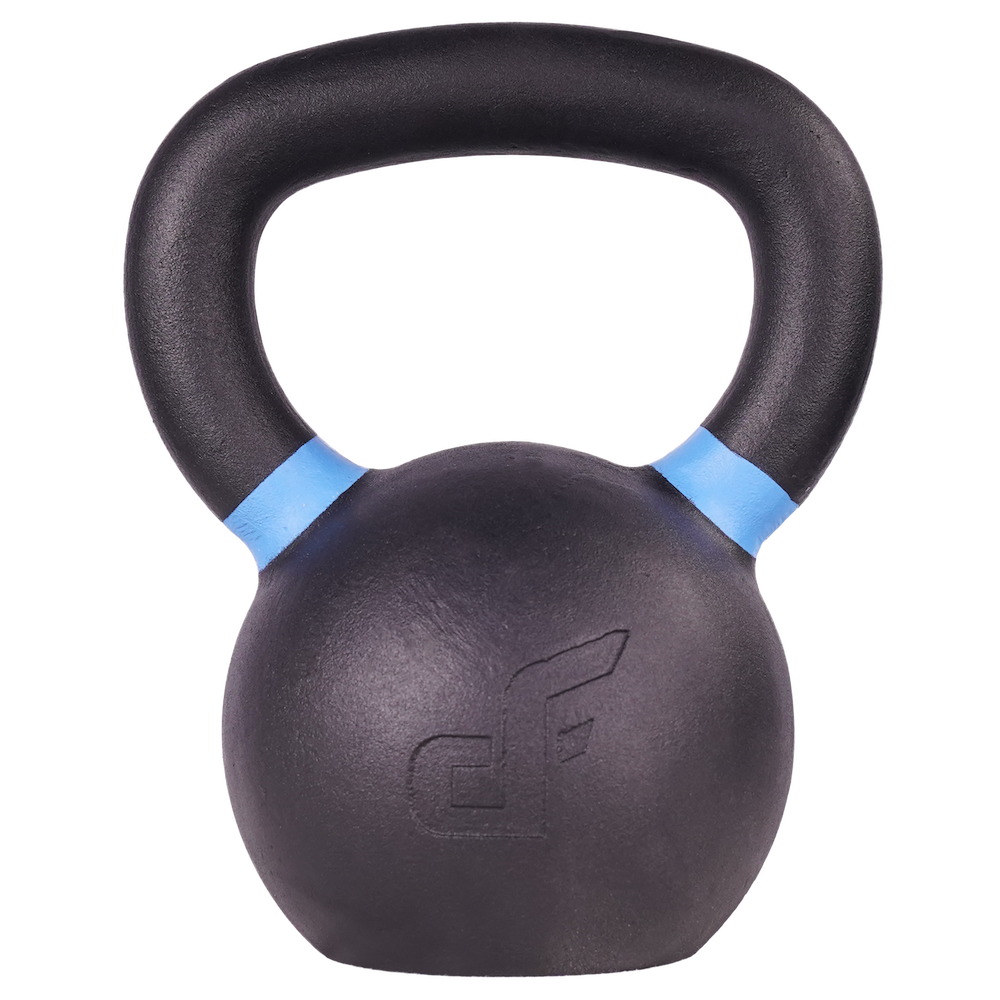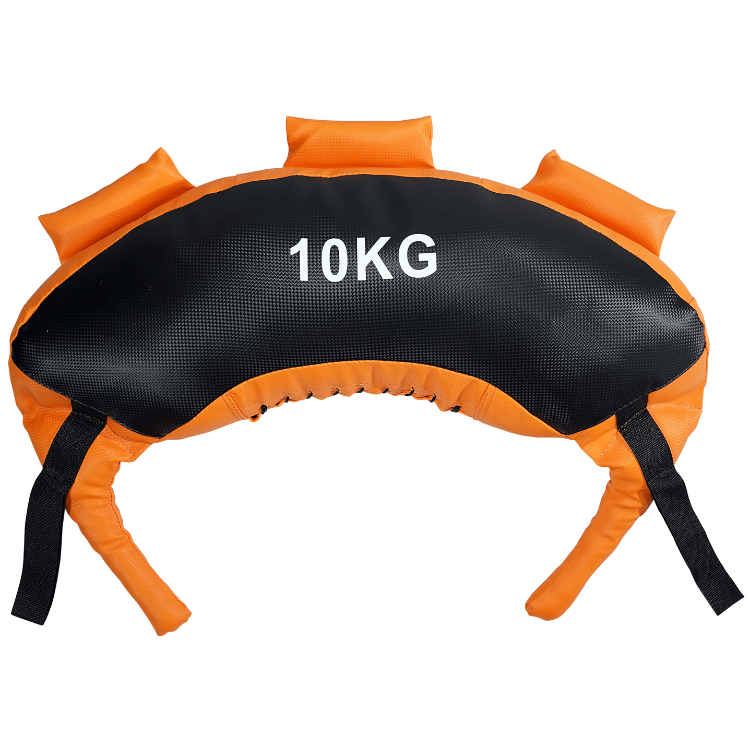Among the top problems that an athlete or those who are working out regularly should deal with is muscular imbalance. Muscular imbalances in the pelvic or hip areas are usual problems here. What is muscular imbalance? Let’s take a look at this term, and find out how you can address it in any exercise program or fitness routine you might undertake.
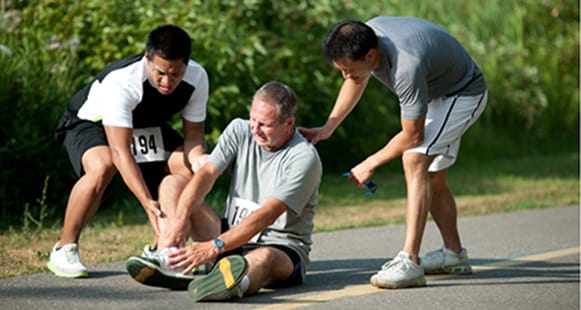
Muscular imbalances have been a problem that people address while they progress with their training.
Photo Credit: acefitness.org
The bottom line is muscular imbalances describe what will happen if an individual has uneven strength levels in a particular group of muscles that lead to uneven pressures on joints. Obviously, the outcomes of this are numerous and diverse, not to mention, pain in the muscles and joints.
Once the muscles around the front of the leg and hip are much stronger compared to the hamstrings and glutes that are on the back of the leg and hip, this could lead to lower back pain and knee pain. This holds true since the muscles of the hip are weak, and so the quads, hip flexors and lower back muscles over-compensate with this weakness.
Muscle imbalances in your hips and somewhere else in your body can result in other conditions, as well, which should be addressed. Listed below are some examples.
-
Poor posture can lead to chronic pain and/or injuries.
This injury could be made worse at the gym once you begin your workout program. Sitting in a desk while your feet curled up at all times can create imbalances in the muscles eventually. Getting up of your desk and exercising your legs frequently can help.
-
Your performance in any activities could be substantially decreased.
Therefore, if you are into running, basketball, football or any other sports, this could be affected. Thus, if your objective is to boost your performance, you’ll have to deal with these problems until the muscle imbalances are corrected.
Here’s an article published online at The Washington Post on how muscle imbalances can affect your workout.
Muscle Imbalances Can Wreck Your Workout
[quote style=”boxed”]“In terms of muscle imbalances, there are certain things you see consistently,” says Robert Gillanders, an endurance athlete and physical therapist at Sports + Spinal Physical Therapy in downtown Washington. “Women tend to lack stability and are more likely to be hyper-flexible, while men tend to lack flexibility.”
These imbalances can cause pain in the neck and back, bulging discs, shoulder impingement syndrome and more, says Christian Estafanous, a physical therapist with Set Sports Physical Therapy, also in downtown Washington.[/quote]
Below are quick methods to correct muscle imbalances in your body.
-
You need to stretch tight muscles every day.
This tip seems quite simple yet, however, a lot of people neglect this simple remedy either because it’s painful or maybe they don’t understand how to do it correctly. Disregarding this can lead to injuries.
-
You must also need to strengthen your weaker muscles.
For instance, your triceps and biceps are two opposing muscles. You will need to strengthen the weak muscles to have a balance. Normally, if one of your muscles is tight, then the other muscle is weak. You can use medicine balls, or perhaps you can get some massage, or any other methods that can help relax your tight muscles.
If you need help regarding this problem, a fitness professional or a certified consultant can help you. Being aware of muscle imbalances could possibly be the factor to a much better body and performances.
Signing up at Dangerously Fit boot camps can help you get fit and stay in shape in just a short period of time. Register for our $1 One Week Trial and experience the results yourself.

